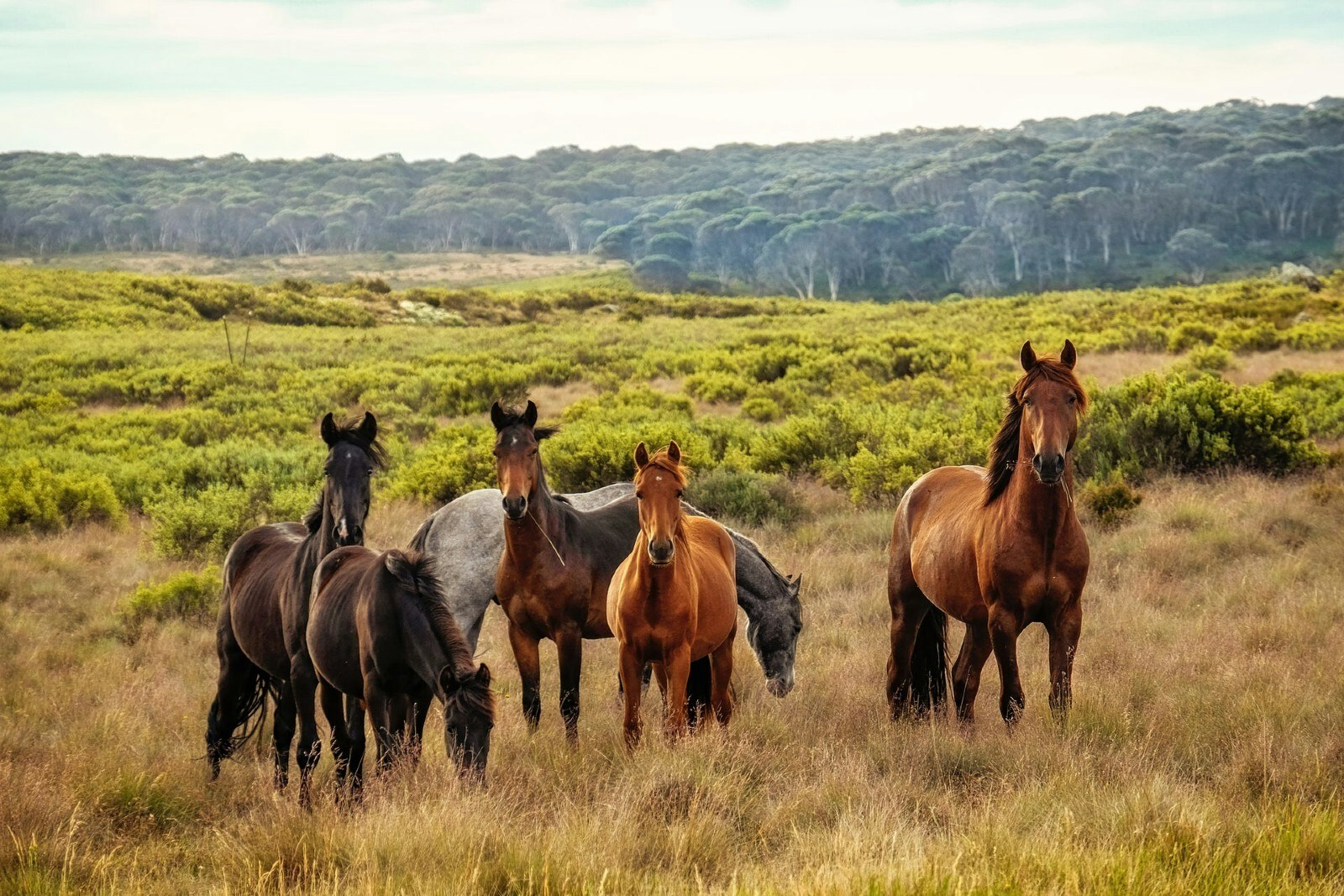It’s one of the rules of the ranch. Fences need mending; cows need tending; horses need to be fed.
But this year, feeding horses is a little more difficult.
Last year’s drought, combined with a lack of planning in some cases and the arrival of new horse owners from other states, means that grass hay is hard to come by.
That’s what’s being seen by Alan Rosenbaum, who owns and operates Cody Feed in Park County.
“Well I think most people just, you know, may not have planned ahead, to have a buffer,” Rosenbaum said. “And so they just kind of ran out, you know, or they acquired more horses… or there’s any number of things that can happen. Because of the heat and drought last year, the quantity of crops weren’t as prevalent, but the demand was still the same, or even increased due to those other factors of new people or whatever.”
Not all feed is in short supply, according to Brian Seifert, who has a small herd of horses just outside of Powell. He said he specifically needs grass hay for one of his animals, and it’s been hard to find.
“We have a pony,” Seifert said. “If he looks at anything even a little bit green, he starts to founder. So, right now I’ve got access to three pastures, but if he’s in there for two days straight, he starts getting ouchy, and we have to pull him off.”
Laminitis, or “founder,” as it is commonly called, can be caused by a horse’s inability to properly digest lush grass. It results in the destruction of the sensitive “laminae” that connect the horse’s hoof to the soft tissue of the foot, which keeps the coffin bone in place within the hoof.
If a horse “founders,” that means that the bone of the foot is out of place.
State Veterinarian Jim Logan said many farmers have switched over to growing alfalfa hay, a richer food than grass — and that is contributing to the grass hay shortage.
“It’s easy enough to find alfalfa hay,” Logan said. “but it’s difficult to find even that in the small bales (70 pounds). Some people find it in the big round bales or even the big square bales but not finding the small bales and the grass hay.”
He explained that grass hay isn’t as economical to grow as alfalfa, either.
“A lot of the farmers now don’t have the equipment for doing the grass,” he said, “and you’re not going to get as many cuttings of grass hay as you would alfalfa. So they’ve gone to raising the alfalfa, more so than the grass.”
For small operators like Seifert, finding the right food is important to keep his herd healthy — and that all-important grass hay has been elusive this year, which means that prices have gone sky-high.
“When I picked up three bales, I think I paid $13 each, which is insane,” Seifert said. “I didn’t have a problem paying it because it was what I needed, but that’s a kind of a supply and demand deal. And for me, I should have budgeted a little bit better last year and maybe bought a little bit more, so I’m not complaining about that, but I’d be willing to bet you anything, there are some people who are not happy when they call up a feed store.”
Seifert, who has worked as a farrier as well as a horse trainer, said feed costs can get high, depending on how many horses you have to feed.
“An average horse might go through 35 pounds of feed in a day,” he said. “So if you have a 70 pound bale, it’s going to last one horse two days. I’m really generalizing, because there are some that are going to eat far more than others.”
Rosenbaum said not all hay products are in short supply, but a certified weed-free hay may require a bit of waiting.
“Ours are certified weed free,” he said, “and we’ve exhausted the inventory that we had reserved with our producer. We’re down to our last stack until we get cutting here. And the hay supply should rebound here in a couple of weeks, when people start cutting hay. There’s people over in Basin and Worland that have already cut hay.”
Until that time, Rosenbaum said horse owners may have to look at alternatives, such as hay pellets, which are much more expensive – or else they might have to look to distant markets.
“Each area is different,” he said. “Powell may have a little bit more hay on hand than we do over here (in Cody), or Basin might have a little more. So you may have to travel to go get it. You know, there’s hay usually out there somewhere.”





